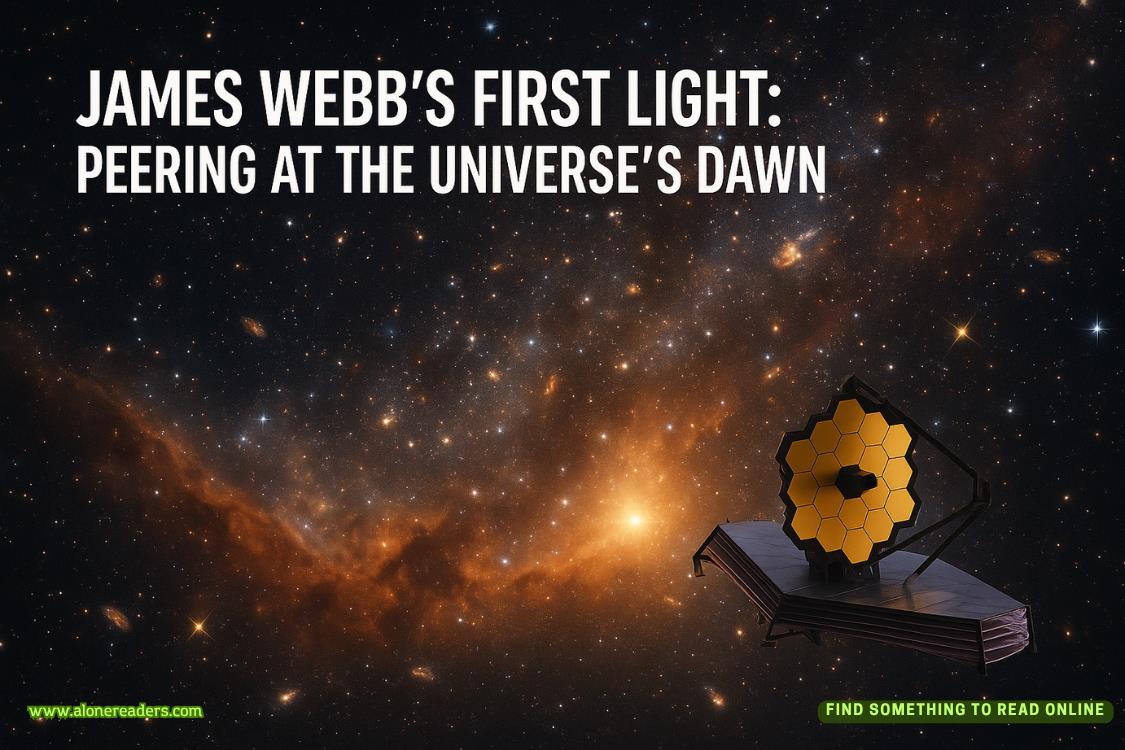Page 1 of Atmosphere
December 29, 1984
Joan Goodwin gets to theJohnson Space Center well before nine, and Houston is already airless and muggy. Joan can feel the sweat collecting along her hairline as she walks across the campus to the Mission Control building. She knows it’s the heat. But she also knows that’s not all it is.
Her job today is one of her favorite parts of being an astronaut. She is CAPCOM on the Orion Flight Team for STS-LR9, the third flight of the shuttleNavigator.
The role of CAPCOM—the only person in Mission Control who speaks directly to the crew on the shuttle—is one of many that astronauts fill when they aren’t on a mission.
This is something Joan often has to explain to people at the rare party she agrees to go to. That astronauts train to go up into space, yes. But they also help design the tools and experiments, test out food, prep the shuttle, educate students on what NASA can do, advocate for space travel in Washington, talk to the press, and more. It’s an exhausting list.
Being an astronaut is not just about getting up there. It is about being a member of the team that gets the crew up there.
Plus, Joan has already been. She has, in her nightstand at home, that elusive talisman that every astronaut aches for: the gold pin. Evidence that she was one of the chosen few humans who have ever left this planet.
She has seen the spectacular shimmering blue of the seven oceans from two hundred miles away.Cerulean? Cobalt? Ultramarine?There was no shade vivid enough that she could name. Ninety-nine point nine percent of human beings who have ever lived have never seen that blue. And she has.
But now she is home, both feet on solid ground, and she has a job to do.
So when Joan walks into the Mission Control building that morning with a black coffee in her hand, she is at ease. She is not anxious or terrified or heartbroken.
All of that will come later.
—
Joan enters the Mission Controlroom through the theater. She watches for a moment as the crew from the last shift prepares two of the mission specialists for their spacewalk.
Her boss—the flight director of Orion Flight, Jack Katowski—is down on the floor already, getting debriefed by the previous flight director.
Jack has a crew cut, graying temples, and a reputation for beingparticularly stoic,even in an organization known for its stoicism.
Still, he’s long supported Joan in her role as CAPCOM. And they make a good team. That is something Joan prides herself on. That she is an excellent team player.
Especially with the crew on STS-LR9, which is composed almost entirely of astronauts from her class.
Commander Steve Hagen had been one of their instructors, but the rest of the crew—pilot Hank Redmond and mission specialists John Griffin, Lydia Danes, and Vanessa Ford—are the people Joan’s come up with, trained with, learned how to do this job alongside.
They are more than just her friends; some of them are her family. And her complicated histories with each of them are part of what is going to make her the exact CAPCOM they need today, but also the very last person who should have to do the job.
The shuttle’s mission is to launch the Arch-6, an Earth observation satellite for the U.S. Navy. However, yesterday, on day two of the flight, as the team prepared to deploy the Arch-6, the payload retention latches would not release.
This morning, they have been preparing Vanessa Ford and John Griffin for a spacewalk, so they can go into the payload bay and release the latches manually.
Joan joins the team in the flight control center. She waves good morning to Ray Stone, the flight surgeon, and nods at Greg Ullman, also known as EECOM—electrical, environmental, and consumables management.
The previous CAPCOM, Isaac Williams, reads her in, updating her on the telemetry and timeline. Ford and Griff are in their space suits. Their pre-breathe will be completed in six minutes.
Isaac leaves, and Joan takes her place at the console.
Jack gets on the flight loop—as do Joan, Ray, Greg, and the rest of the Orion Flight Team, which is made up of twenty members, each at their own stations on the floor, with a team of people in other rooms supporting them.
Ford and Griff complete the pre-breathe and get into the airlock, waiting for it to complete depressurization so that they can be ready to function within space.
The flight deck and the mid-deck—where the astronauts live and work on the shuttle—are pressurized to mimic the atmosphere on Earth’s surface. But the payload bay—where the satellites are held until they are deployed—is not. It is exposed to the vacuum of space. Which means if Ford and Griff were to enter it without their space suits, all of the oxygen would be sucked out of their lungs and bloodstream instantly, causing them to pass out within fifteen seconds and be dead within two minutes.
The human body—intelligent as it is—was formed in response to the atmosphere of Earth.
It would be easy to make the case that humans are ill-equipped to be in space.Whatever led to our design, it was not meant for this.But Joan sees it as the exact opposite.
Human intelligence and curiosity, our persistence and resilience, our capacity for long-term planning, and our ability to collaborate have led the human race here.















